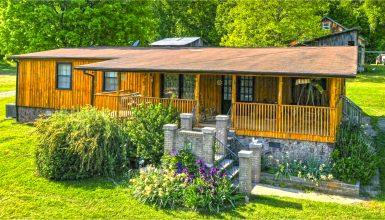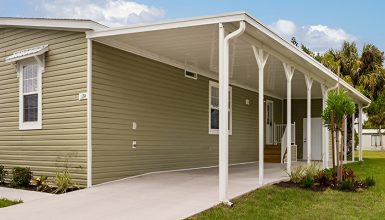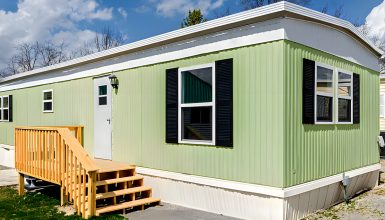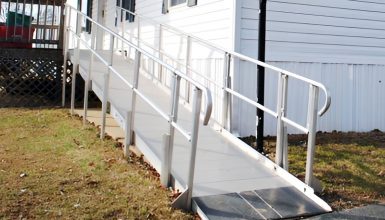Your mobile home deserves beautiful landscaping too! Great landscaping makes your home feel inviting and boosts its curb appeal. But you might wonder how to landscape a mobile home easily and affordably. So, let’s dive in and talk about landscaping your mobile home, step-by-step.
Step 1: Make a Plan
First things first, grab a notebook and sketch out a simple layout. Start by noting where paths, stairs, and the entrance are. This helps you visualize how to frame your home’s features with plants and decorative elements.
Think about what you love. Do you want a colorful garden bursting with flowers, or maybe something calmer with lots of greenery? Having a clear plan helps you avoid impulse buys at the garden center and keeps your project focused.
Step 2: Define Garden Beds Clearly
Creating clearly defined beds is essential for neat landscaping. Use bricks, stone edging, or wooden borders. Curving garden beds around your home softens straight lines, making the area appear more inviting.
To create garden beds:
- Mark the shape using spray paint or garden hoses.
- Dig a shallow trench around the marked line.
- Place your edging material firmly into the trench.
Clearly edged beds help keep mulch and grass separate, making your yard easier to maintain.
Step 3: Pick Low-Maintenance Plants
Selecting the right plants saves you time and effort. Low-maintenance plants require minimal watering and pruning. Great plant options include:
- Hydrangeas: With their large white blooms, hydrangeas add elegance and brightness. They grow easily and come back each year.
- Dwarf Evergreens: Plants like boxwoods or dwarf arborvitae offer year-round greenery and structure without much fuss.
- Perennials: Flowers like Black-eyed Susans, hostas, and daylilies bloom each year without needing to replant.
Place taller plants near your home, medium-sized plants in the middle, and smaller plants at the front for a balanced look.
Step 4: Use Mulch for Contrast and Health
Mulch is your landscaping friend! It provides color contrast, reduces weeds, and helps your plants retain moisture.
Choose a mulch color that complements your home:
- Red mulch: Adds a vibrant splash of color, making greenery stand out.
- Natural brown mulch: Provides a calm, natural look and blends easily.
Spread mulch about two to three inches thick around plants, but keep it away from the stems to prevent rot.
Step 5: Enhance with Decorative Accents
Little details bring your landscaping to life. Consider adding decorative accents such as:
- Garden statues: Small animal statues or whimsical garden figures personalize your space.
- Decorative pots: Brightly colored pots on stairs or near entryways add charm.
- Lighting: Solar-powered pathway lights or fairy lights make your yard magical after dark.
These touches create personality and draw attention to your landscaping efforts.
Step 6: Keep Your Lawn and Paths Neat
Your grass and pathways set the tone for your entire landscape. Regular maintenance ensures a fresh, tidy look:
- Mow your lawn regularly to keep it healthy and neat.
- Trim edges to prevent overgrown grass near walkways.
- Sweep pathways often to keep them clear and welcoming.
A neatly trimmed lawn enhances the beauty of your garden beds and decorations.
Step 7: Layer for Visual Appeal
Creating layers in your garden beds adds depth and interest. It gives your landscaping a professional touch, even if you’re a beginner. How to layer plants effectively:
- Back layer: Use taller plants or shrubs closest to your home. This frames your home and adds dimension.
- Middle layer: Medium-height plants or colorful flowering shrubs add interest and connect the tall and short plants.
- Front layer: Low-growing plants or ground covers fill in space, creating a lush appearance.
Layering makes your yard look planned and polished without complicated upkeep.
Step 8: Maintain and Refresh Seasonally
Seasonal care keeps your landscape looking fresh year-round:
- Spring: Clean beds, prune plants, add fresh mulch, and plant annual flowers.
- Summer: Water regularly, deadhead flowers, and manage weeds.
- Fall: Clean up leaves, prune shrubs, and plant bulbs for spring.
- Winter: Protect sensitive plants and keep pathways clear of ice or snow.
Regular seasonal care prevents bigger issues later on, ensuring your yard always looks its best.






















